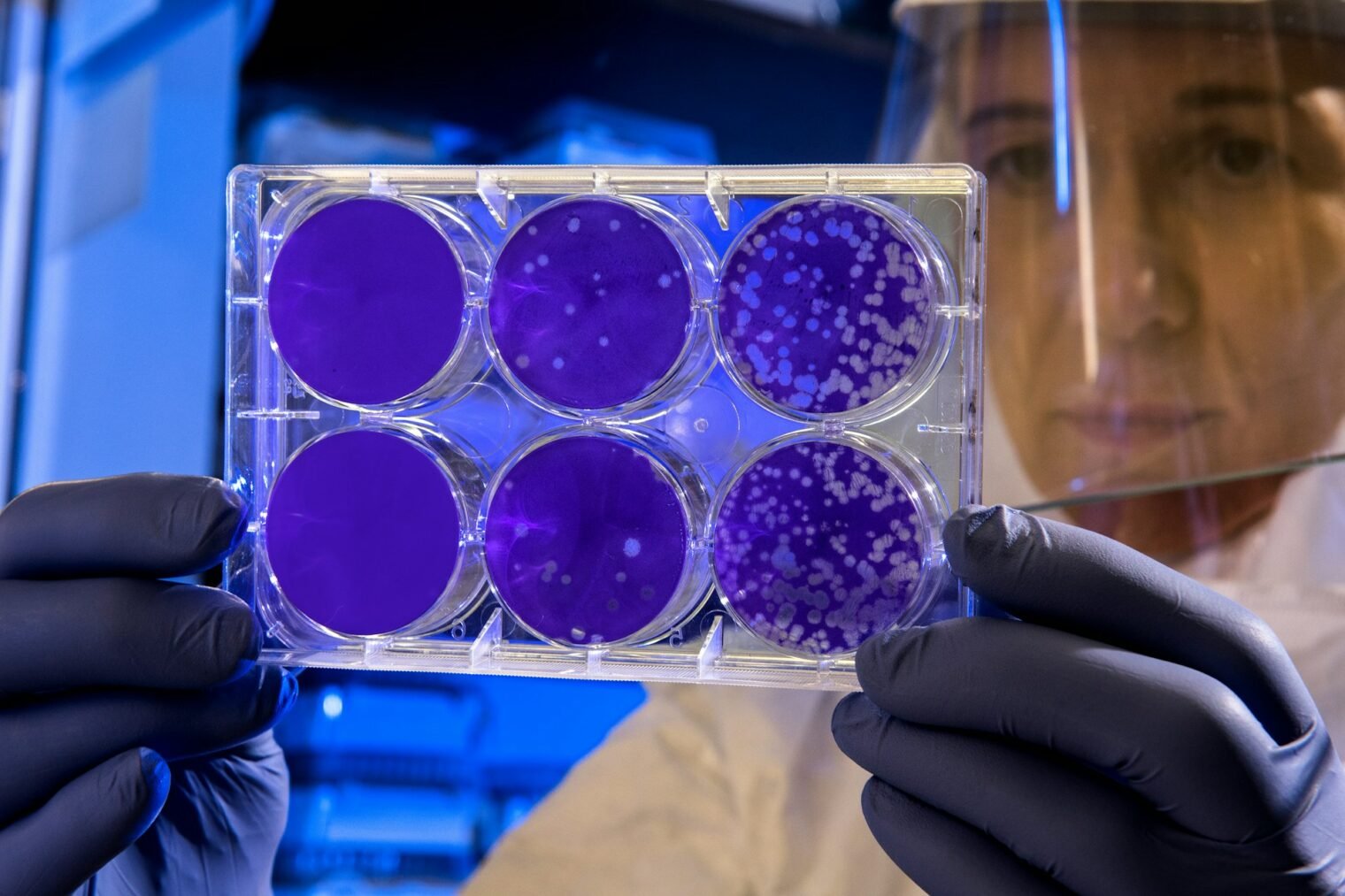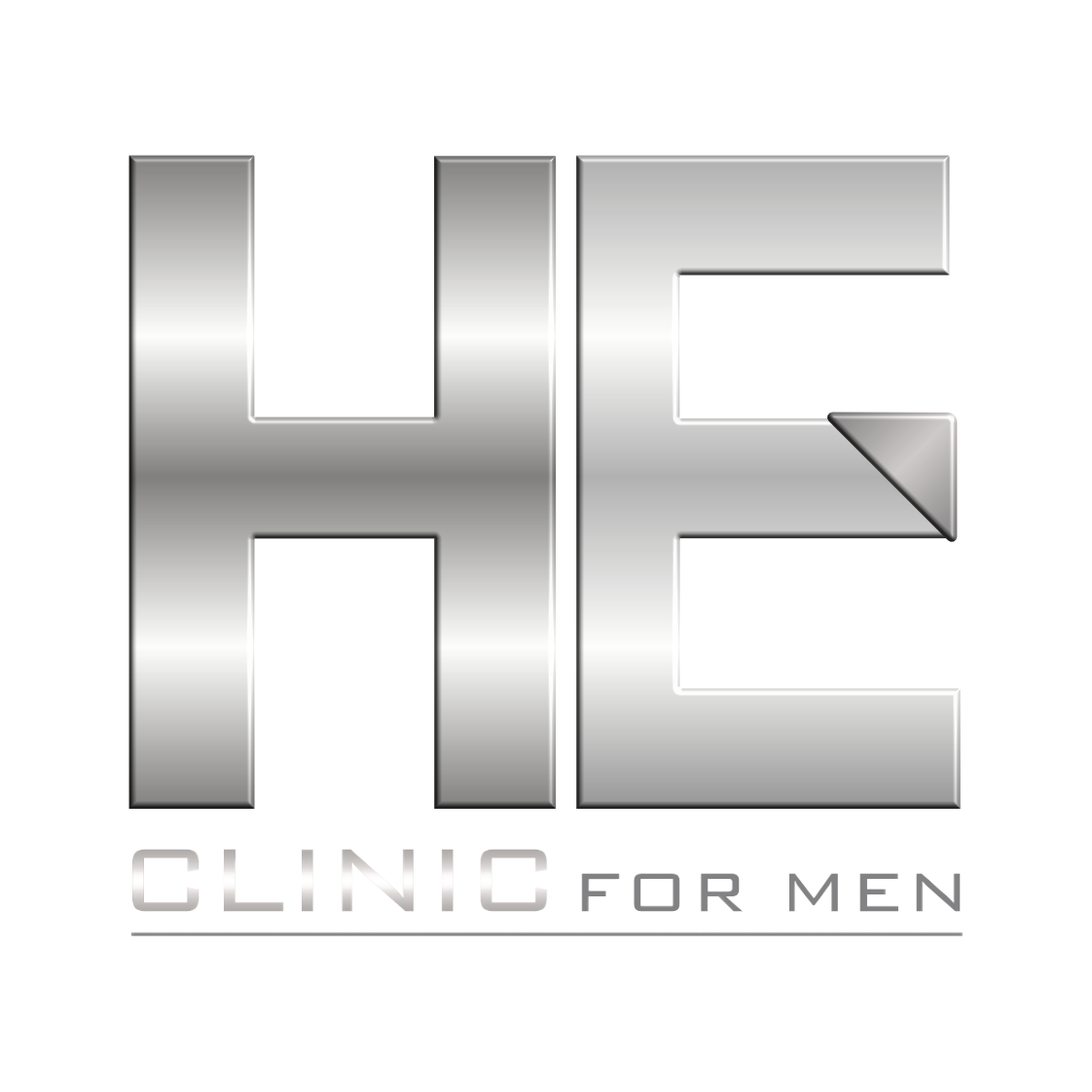Stem Cell-based therapies are all the rage in 2024, and have been in recent years. Have you ever wondered how modern medicine is tackling the biggest health challenges of our age? From repairing damaged tissues to fighting chronic diseases, the quest for innovative solutions never stops.
One promising horizon in this journey involves stem cell-based therapies, a field that has made significant strides by 2024.
Stem cell therapies harness the power of stem cells – special cells that can develop into many different types of cells in the body. They are pioneering treatments for various illnesses, offering new hopes and options where traditional medicine falls short.
This article will explore what stem cell-based therapies entail, highlighting their potential to change lives dramatically. Prepare to be amazed as we uncover how these advanced treatments are shaping the future of healthcare.
Stem Cell-Based Therapies: An Overview
Stem cell-based therapies encompass a range of potential treatments using different types of stem cells, and there have been significant advancements in this field. Scientists are continually refining these therapies to address various diseases and medical conditions.
Types of stem cells used in therapies
Embryonic stem cells (ESCs), induced pluripotent stem cells (iPSCs), and adult stem cells form the cornerstone of stem cell therapies. Each type has unique characteristics and potential uses in treatment.
ESCs are known for their ability to develop into any cell type, offering possibilities for regenerating damaged tissues. iPSCs share this capability but come from modified adult cells, presenting fewer ethical dilemmas and a reduced risk of immune rejection.
Adult stem cells serve as the workhorse in hematopoietic transplants, a technique saving thousands with blood disorders annually. Over 3,000 trials harnessing these versatile cells are underway, demonstrating the growing reliance on them for advanced treatments.
Initial trials using iPSC-based methods show promise, potentially revolutionising how doctors approach incurable diseases by repairing bodily damage at the cellular level.
Advancements in stem cell-based therapies
Scientists have made significant strides in stem cell-based therapies, shaping how we approach numerous medical conditions. The first clinical attempt using iPSCs (induced pluripotent stem cells) showed promising results in treating macular degeneration, a leading cause of vision loss.
This milestone underscores the potential of reprogrammed cells to repair damaged tissues. In another breakthrough, Japan approved a stem-cell treatment for spinal-cord injuries following trials that demonstrated improvement in patients’ sensation and mobility.
These advancements indicate a growing confidence in stem cell technology’s ability to offer new solutions for previously untreatable conditions.
Research has not stopped there. California Institute for Regenerative Medicine launched an iPSC repository, providing researchers worldwide with diverse cell lines for groundbreaking studies.
Such resources are vital for accelerating the development of new treatments and understanding complex diseases at the cellular level. As each discovery brings us closer to curing debilitating conditions, the potential of stem cell therapies continues to expand—opening doors to innovative approaches in regenerative medicine and beyond.
Next, we explore how these developments lay the groundwork for tissue and organ transplantation possibilities within regenerative medicine.
The Potential of Stem Cell Therapies
Stem cell therapies have the potential to revolutionise healthcare, offering promising options for tissue and organ transplantation, regenerative medicine, and treating various diseases.
Researchers are exploring new ways to harness the power of stem cells in advancing medical treatments.
Tissue and organ transplantation
Tissue and organ transplantation has found a groundbreaking ally in stem cell-based therapies. Scientists use stem cells’ unique ability to transform into the specific types of cells needed for repairing damaged tissues or organs.
This approach offers hope for patients awaiting transplants, potentially reducing waiting times and improving outcomes.
Japan’s approval of stem-cell treatments for spinal cord injuries reveals the power of these therapies. Clinical trials involving 13 patients showed significant improvements in sensation and mobility, marking a major step forward.
Similarly, an innovative treatment for Sjögren’s syndrome using mesenchymal stem cells (MSCs) helped suppress autoimmunity in 24 patients, restoring salivary gland function. These successes highlight the transformative potential of stem cell therapies in tissue and organ transplantation.
Regenerative medicine
Regenerative medicine is making huge strides with stem cell therapies at its core. These revolutionary treatments have the power to regenerate damaged tissues and organs, potentially curing life-threatening diseases.
Scientists use stem cells because they can transform into the specific types of cells needed for repairing the human body. For instance, in Japan, patients with spinal-cord injuries saw improvements in sensation and mobility thanks to a new stem-cell treatment.
The field also explores creating insulin-producing beta cells from pluripotent stem cells (PSCs), offering hope for diabetes patients through glycemic correction. As regenerative medicine evolves, it opens doors to innovative solutions that could change healthcare forever.
The conversation shifts now to understanding how these advancements impact various diseases.
Impact on various diseases
Stem cell therapies are transforming the treatment of a wide range of diseases. For instance, they offer hope for those suffering from Epidermolysis Bullosa and macular degeneration by promoting healing and potentially restoring lost functions.
Clinical trials are now pushing the boundaries further by targeting neurodegenerative conditions such as Parkinson’s, Alzheimer’s, ALS, and MS. These trials aim to slow down or completely halt disease progression.
Furthermore, pluripotent stem cells (PSCs) have been explored for their ability to replace beta cells in diabetes patients, showing great promise for correcting blood sugar levels.
Another breakthrough comes from research into using human placenta-derived cells to treat adults with multiple sclerosis, indicating significant potential for improving patient outcomes.
With over 3,000 adult stem cell trials registered with the WHO International Clinical Trials Registry and successful results in treating macular degeneration using iPSCs, stem cell therapies are setting a new standard in medical treatments across various diseases.

Challenges and Ethical Considerations
Navigating the complexities surrounding regulatory approvals and ethical concerns in the realm of stem cell-based therapies presents significant challenges. Undoubtedly, ensuring the safety and efficacy of these treatments remains a top priority.
Regulatory approvals
Securing regulatory approvals for stem cell-based therapies is a crucial step before these treatments can reach patients. Leading countries have developed guidelines to oversee the deployment of these therapies safely and effectively.
For instance, the FDA in the United States has set standards that must be met, while Japan has introduced new laws allowing conditional approval for cell-based treatments.
Many clinical trials aiming to validate stem cell therapies are still in progress and haven’t received full approval yet. This stage is essential to ensure that treatments are safe and work as intended before being made available to the public.
The process involves rigorous testing and review by regulatory bodies to protect patient health and maintain trust in medical advancements.
Ethical concerns
Following discussions on regulatory approvals, we must address the serious ethical concerns surrounding stem cell-based therapies. The use of embryonic stem cells (ESCs) and induced pluripotent stem cells (iPSCs) brings forward significant ethical debates.
ESCs involve the destruction of human embryos, a process that many find morally objectionable. iPSC technology, while avoiding some controversies associated with ESCs, still prompts questions about the potential for misuse in reproductive cloning.
The rise of clinics offering unproven stem cell-based treatments compounds these ethical issues. Patients often face misleading claims about the effectiveness and safety of such treatments, raising concerns about exploitation and harm.
This trend not only puts individuals at risk but also undermines trust in legitimate stem cell research and therapy development.
Unproven stem cell-based treatments
Unproven stem cell-based treatments have become a concern due to the increasing number of clinics offering these unvalidated therapies. Many clinical trials are still awaiting full regulatory approvals, raising ethical concerns about the safety and effectiveness of these unproven treatments. Stem cell treatment should be considered experimental.
Moreover, autologous stem cell-based therapies are facing challenges in gaining validation and regulatory approvals, contributing to the complexity surrounding their use. The FDA in the US and Japan have developed regulatory guidelines for stem cell-based therapies, aiming to address these issues and ensure patient safety.
Moving on from this topic, let’s explore the future landscape of stem cell banking and its impact on advancements in research.
Future of Stem Cell-Based Therapies
Future stem cell-based therapies hold promise for revolutionary advancements in regenerative medicine and organ transplantation. To learn more about the potential impact of these therapies, read the full article.
Stem cell banking
Stem cell banking involves the collection and storage of umbilical cord stem cells or induced pluripotent stem cells (iPSCs) for potential future use in personalised treatments. iPSCs, known for their unlimited proliferation capability, are especially vital for this purpose.
The California Institute for Regenerative Medicine has even established an iPSC repository providing researchers with a diverse range of cell lines. With the ability to bank autologous stem cells at their most potent state, stem cell banking plays a crucial role in facilitating the development of advanced stem cell-based therapies.
Regulatory guidelines
As we move from the realm of stem cell banking, it’s important to note that regulatory guidelines play a pivotal role in overseeing the advancements and applications of stem cell-based therapies.
The FDA in the US and new laws in Japan have meticulously developed regulatory guidelines for these therapies, ensuring their safety and efficacy. In addition, initiatives such as the California Institute for Regenerative Medicine (CIRM) inaugurating an iPSCs repository are designed to enhance researchers’ access to versatile iPSCs cell lines, further underpinning the compliance with robust regulatory standards.
Rapid advancements in research
Researchers have made rapid advancements in stem cell research, paving the way for innovative therapeutic applications. Shinya Yamanaka’s groundbreaking discovery of induced pluripotent stem cells (iPSCs) from somatic cells has fueled significant progress, with over 3,000 registered trials worldwide involving adult and iPSC-based stem cell therapies.
Notably, Japan recently approved a spinal-cord injury treatment based on clinical trials demonstrating improvements in patient sensation and mobility. Moreover, a trial using iPSC-derived retinal cells showcased promising results for macular degeneration patients’ visual acuity.
The California Institute for Regenerative Medicine (CIRM) also established an iPSC repository to facilitate versatile research opportunities. As regulatory guidelines evolve globally, such as those from the FDA and new laws in Japan allowing conditional approval of cell-based treatments, researchers are poised to unlock further potential in the realm of stem cell-based therapies.
Final Thoughts: Stem Cell-Based Therapies
Stem cell-based therapies have witnessed remarkable advancements, impacting a wide range of diseases. These strategies offer practical and potentially curative treatments with extensive implications for regenerative medicine.
What potential impact could stem cell banking present in treating life-threatening diseases? Consider exploring further resources to deepen your understanding of this transformative field.
The ever-evolving realm of stem cell-based therapies holds great promise for the future.















